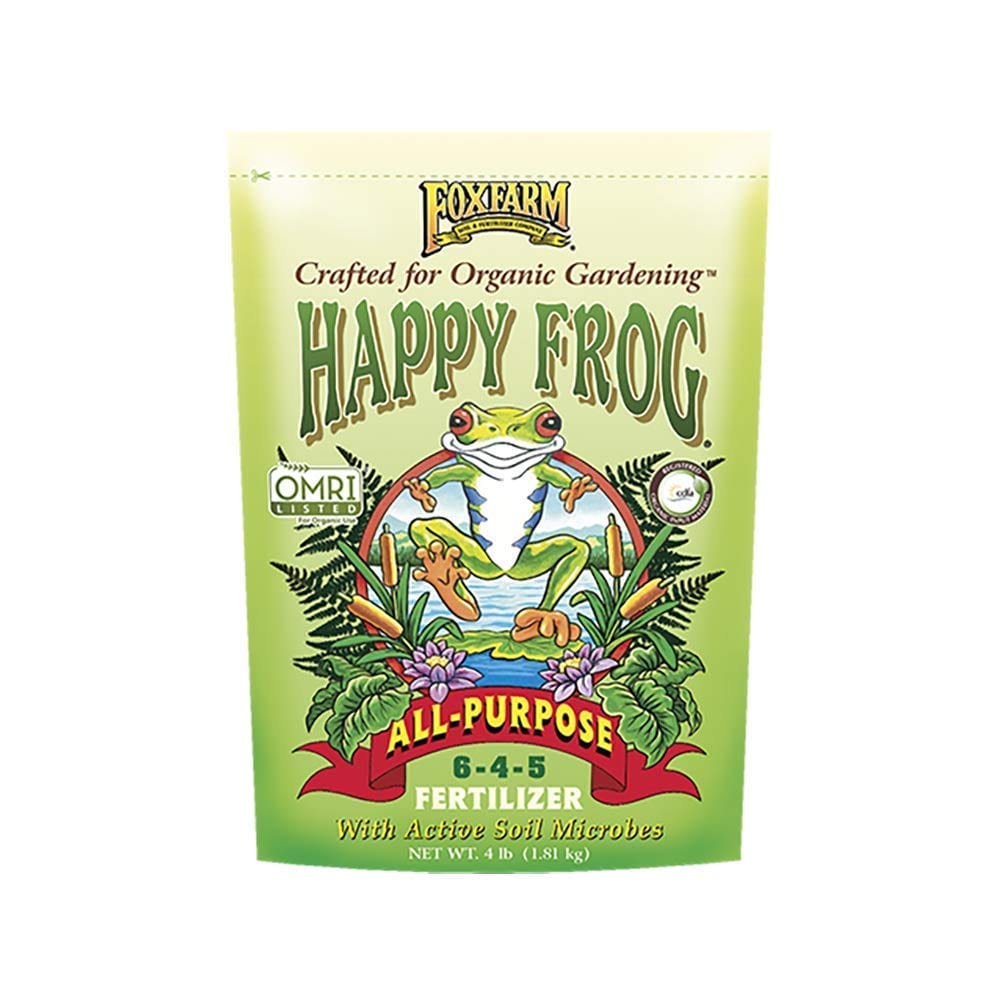There are a lot of myths created by marketing companies about fertilizer. Marketing has convinced people that it is some kind of magical substance that will make their plants grow big and strong overnight. The truth is, however, that fertilizer is just like any other tool- it can be used effectively or it can be misused. In this blog post, we will debunk the marketing myths about fertilizer and discuss how you can use it to improve your garden!
What do the fertilizer numbers really mean?
All growing plants need essential elements to grow to their full genetic potential. The NPK, Nitrogen, Phosphorus, Potassium, makes up the primary nutrients plants need. The other elements needed by plants are called minor elements, micronutrients or secondary nutrients. These include: sulfur, magnesium, calcium, iron, manganese, copper, zinc, boron, molybdenum and chlorine.
Fertilizer comes in different NPK ratios. The number on the bag or bottle is the percentage of how much of each kind of nutrient is in it. For example, 10-10-10 has 10% of Nitrogen, 10% of Phosphorus, and 10% of Potassium.
- Nitrogen is the most important nutrient and helps with leaf growth.
- Phosphorus helps plants to use and store energy.
- Potassium helps with overall plant health and plants¢â‚¬â„¢ abilities to resist disease.
Nitrogen comes in many forms, but can only be used by plants in ammonium or nitrate form. Urea, the cheapest form, must first be broken down to ammonium before plants can utilize it. Ammonium is fast-acting and can burn plants if not used correctly. Nitrate is the safest and most effective form of nitrogen for plants. Excessive amounts of urea can build up over colder months and burn plants once the weather warms up due to increased break down to ammonium form.

Phosphorus is essential for plant growth and is found in every cell of a plant. Marketing Myth: High levels of phosphorus make plants bloom more aka bloom booster. Fact: Phosphorus helps plants to use and store energy, but too much phosphorus can make plants weak and unhealthy. Excess phosphorus easily combines with minor elements and prevents their uptake by plants, leading to minor element deficiencies.
Potassium is found in all plant tissues and is important for overall plant health and the plant¢â‚¬â„¢s ability to resist disease. It is associated with the movement of water, nutrients and carbohydrates in plant tissue.
When to apply fertilizer?
The best time to apply fertilizer is when plants are actively growing. This is typically in the spring and summer, but can also be in the fall for certain plants. Applying fertilizer to late in the growing cycle can make plants more susceptible to cold damage and disease. Fertilizer applied to dormant plants can actually do more harm than good because the plant cannot utilize the nutrients and the excess nutrients build up in the soil. The excess nutrients can also leach through the soil and contaminate groundwater.
Plants can tell you when and what type of fertilizer to use. The location of yellowing leaves can indicate a lack of several types of nutrients, iron deficiency will show in newer leaves while nitrogen and magnesium deficiency will show in older leaves first. Older leaves turning purple can be a sign of low phosphorus.
Other factors that affect fertilizer
Soil pH plays a big part in the availability of nutrient up take by plants. Most nutrients are available to plants with a soil pH range of 5.6-6.2. Some plants grow better in the lower range and other prefer the higher range. Petunia and calibrachoa are two types of annuals that prefer the lower range and will quickly show iron deficiency above 5.8 pH. Geraniums and marigolds prefer the higher range and show iron toxicity below 5.8 pH.
[wrighthost_links_show]

